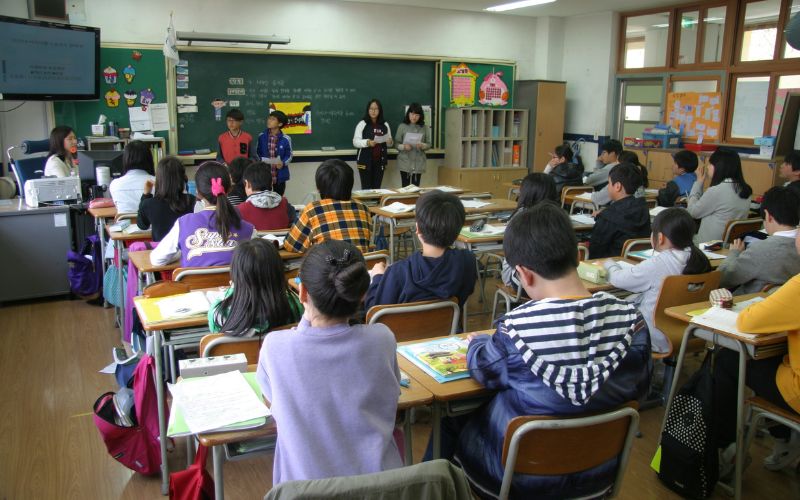
- Details
- By Kaili Berg
California enacted Assembly Bill 1821 (AB 1821) last week, mandating the inclusion of Native American history and perspectives in public education.
Signed into law by Governor Gavin Newsom on September 27, 2024, the legislation went into effect on January 1, 2025.
The law aims to provide students with a more comprehensive understanding of the state’s history concerning the experiences of Native Americans during the Spanish colonial and the Gold Rush eras.
AB 1821 amends the California Education Code to ensure that social science instruction at the elementary and secondary levels incorporates Native American perspectives.
For students in grades 1 through 6, the curriculum must include a foundational understanding of the Spanish colonization of California and the Gold Rush Era, emphasizing the treatment of Native Americans during these periods.
For students in grades 7 through 12, the law requires that any instruction covering the Spanish colonial or the Gold Rush Era also addresses Native American perspectives.
Assemblymember James C. Ramos (Serrano/Cahuilla), the first California Native American elected to the state legislature, authored AB 1821.
“For far too long, California’s First People and their history have been ignored or misrepresented,” he said in a statement. “Classroom instruction about the Mission and Gold Rush periods fails to include the loss of life, enslavement, starvation, illness and violence inflicted upon California Native American people during those times. These historical omissions from the curriculum are misleading.”
The legislation builds upon previous efforts, such as the 2022 California Indian Education Act, which encouraged school districts to collaborate with local tribes to incorporate Native American history into their educational programs.
The new law has particular significance for 4th-grade students, as this grade traditionally focuses on California history, including the missions, the Gold Rush, and the state’s path to statehood.
Previously, the inclusion of Native American experiences in this context was encouraged but not mandatory, resulting in inconsistencies across school districts.
AB 1821 aligns with California’s broader educational initiatives to promote diversity and inclusion. The state has been implementing ethnic studies programs, with legislation requiring high schools to offer ethnic studies courses by 2025 and making them a graduation requirement by 2030.
More Stories Like This
Native Students Can Win $5,000 Scholarship, International Distribution in Pendleton Design ContestAmerican Indian College Fund Raises Alarm Over Plan to Shift Native Programs Away From the Dept. of Education
MacKenzie Scott Foundation Gives $5 Million Contribution to Little Priest Tribal College
Tribal Leaders Push Back on Dismantling of U.S. Department of Education
American Indian College Fund Names 12 Student Ambassadors for 2025–26
Help us defend tribal sovereignty.
At Native News Online, our mission is rooted in telling the stories that strengthen sovereignty and uplift Indigenous voices — not just at year’s end, but every single day.
Because of your generosity last year, we were able to keep our reporters on the ground in tribal communities, at national gatherings and in the halls of Congress — covering the issues that matter most to Indian Country: sovereignty, culture, education, health and economic opportunity.
That support sustained us through a tough year in 2025. Now, as we look to the year ahead, we need your help right now to ensure warrior journalism remains strong — reporting that defends tribal sovereignty, amplifies Native truth, and holds power accountable.
 The stakes couldn't be higher. Your support keeps Native voices heard, Native stories told and Native sovereignty defended.
The stakes couldn't be higher. Your support keeps Native voices heard, Native stories told and Native sovereignty defended.
Stand with Warrior Journalism today.
Levi Rickert (Potawatomi), Editor & Publisher


